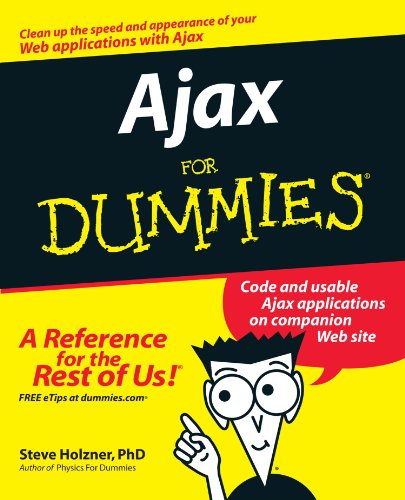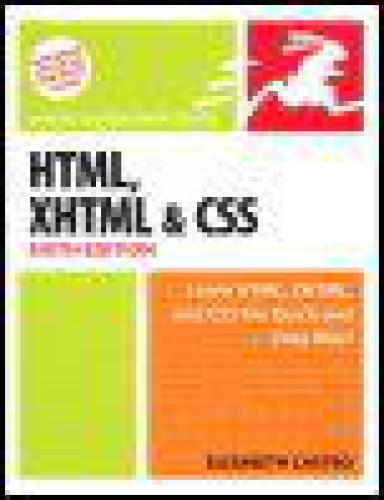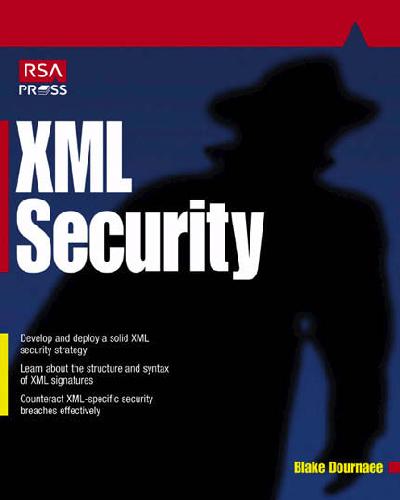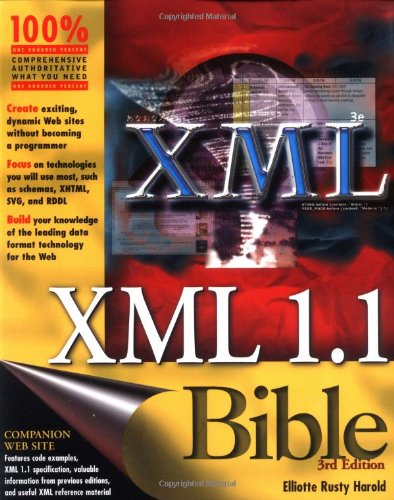Kurt A. Gabrick, David B. Weiss, David Weiss9781930110304, 1-930110-30-8
Table of contents :
Cover……Page 1
reviews……Page 2
Title page……Page 3
Contents……Page 7
preface……Page 11
acknowledgments……Page 12
about this book……Page 13
about the authors……Page 18
about the cover illustration……Page 19
author online……Page 21
1. Getting started……Page 23
1.1 Distributed systems overview……Page 24
1.1.1 Distributed systems concepts……Page 25
1.1.2 N-tier application architecture……Page 34
1.1.3 Overcoming common challenges……Page 36
1.2.1 J2EE and development methodologies……Page 44
1.2.2 J2EE development tools……Page 46
1.3.1 Testing J2EE applications……Page 51
1.3.2 Deploying J2EE applications……Page 55
1.4 Summary……Page 57
2. XML and Java……Page 59
2.1 XML and its uses……Page 60
2.1.1 XML validation technologies……Page 63
2.1.2 XML parsing technologies……Page 66
2.1.3 XML translation technologies……Page 68
2.1.4 Messaging technologies……Page 70
2.1.5 Data manipulation and retrieval technologies……Page 73
2.1.6 Data storage technologies……Page 76
2.2 The Java APIs for XML……Page 77
2.2.1 JAXP……Page 79
2.2.2 JDOM……Page 88
2.2.3 JAXB……Page 91
2.2.4 Long Term JavaBeans Persistence……Page 96
2.2.5 JAXM……Page 98
2.2.6 JAX-RPC……Page 99
2.3 Summary……Page 100
3. Application development……Page 103
3.1 XML component interfaces……Page 104
3.1.1 Using value objects……Page 106
3.1.2 Implementing XML value objects……Page 109
3.1.3 When not to use XML interfaces……Page 117
3.2 XML and persistent data……Page 118
3.2.1 Querying XML data……Page 119
3.2.2 Storing XML data……Page 125
3.3 Summary……Page 132
4. Application integration……Page 135
4.1.1 Traditional approaches to systems integration……Page 136
4.1.2 XML-based systems integration……Page 144
4.3 J2EE and SOAP……Page 147
4.3.1 Creating a simple SOAP message……Page 148
4.3.2 Using SOAP with Attachments……Page 151
4.3.3 Using JAXM for SOAP Messaging……Page 153
4.4 Building web services in J2EE……Page 160
4.4.1 What is a web service?……Page 161
4.4.2 Providing web services in J2EE……Page 162
4.4.3 Implementing our example web services……Page 164
4.4.5 J2EE web services and Microsoft .NET……Page 175
4.5 Summary……Page 176
5. User interface development……Page 179
5.1 Creating a thin-client user interface……Page 180
5.1.2 Serving multiple locales……Page 181
5.1.3 An example to work through……Page 182
5.2 The pure J2EE approach……Page 184
5.2.1 The J2EE presentation tool kit……Page 185
5.2.2 Issues in J2EE MVC architecture……Page 186
5.2.3 Building our example in J2EE……Page 188
5.3.1 Adding XSLT to the web process flow……Page 199
5.3.2 Analyzing the results……Page 207
5.3.3 Extending to binary formats……Page 208
5.4 XML web publishing frameworks……Page 217
5.4.1 Introduction to Cocoon architecture……Page 218
5.4.2 Using Cocoon to render the watch list page……Page 219
5.4.3 Analyzing the results……Page 222
5.6 Summary……Page 223
6. Case study……Page 225
6.1 Case study requirements……Page 226
6.2 The application environment……Page 228
6.3.1 Services and data layer analysis……Page 229
6.3.3 Other necessary components……Page 230
6.4.1 Designing the application logic layer……Page 232
6.4.2 Designing the user interface……Page 234
6.5 Validating our design……Page 235
6.6.1 Building the controller servlet……Page 237
6.6.2 Building the ApplicationMenu component……Page 239
6.6.3 Building the ComponentLocator……Page 240
6.6.4 Building the BugAccessorBean……Page 243
6.6.5 Building the XSLTFilter……Page 245
6.7 Structuring application data……Page 246
6.8 The Amaya web service……Page 247
6.9.1 Installation……Page 251
6.9.2 Viewing the main menu……Page 252
6.9.4 Viewing and updating the Amaya problem list……Page 253
6.9.5 Inspecting the web services SOAP messages……Page 254
6.10 Summary……Page 255
A. Design patterns for J2EE and XML……Page 257
A.1.1 The Decorating Filter pattern……Page 258
A.1.2 The Model-View-Controller pattern……Page 259
A.2.1 The Service Locator pattern……Page 261
A.2.3 The Value Object pattern……Page 262
A.2.4 The Data Access Object pattern……Page 263
B. Distributed application security……Page 265
B.2.1 Authentication models……Page 266
B.2.3 Distributed security contexts……Page 267
B.3.2 Asymmetrical cryptography……Page 268
B.3.3 Tradeoffs and common implementations……Page 269
C. The Ant build tool……Page 271
C.1 Installing and configuring Ant……Page 276
C.2 Creating a build file……Page 277
C.2.1 Dynamically constructed paths and file sets……Page 278
C.2.2 A Sample build file……Page 279
C.3.1 Developing the task……Page 283
C.3.3 Integrating the task……Page 284
C.4.1 Developing the listener……Page 285
C.5 Summary……Page 286
resources……Page 287
A, B, C, D……Page 291
E, F, H, I, J……Page 292
L, M……Page 293
N, O, P, R, S……Page 294
T, U, V, W, X……Page 295







Reviews
There are no reviews yet.